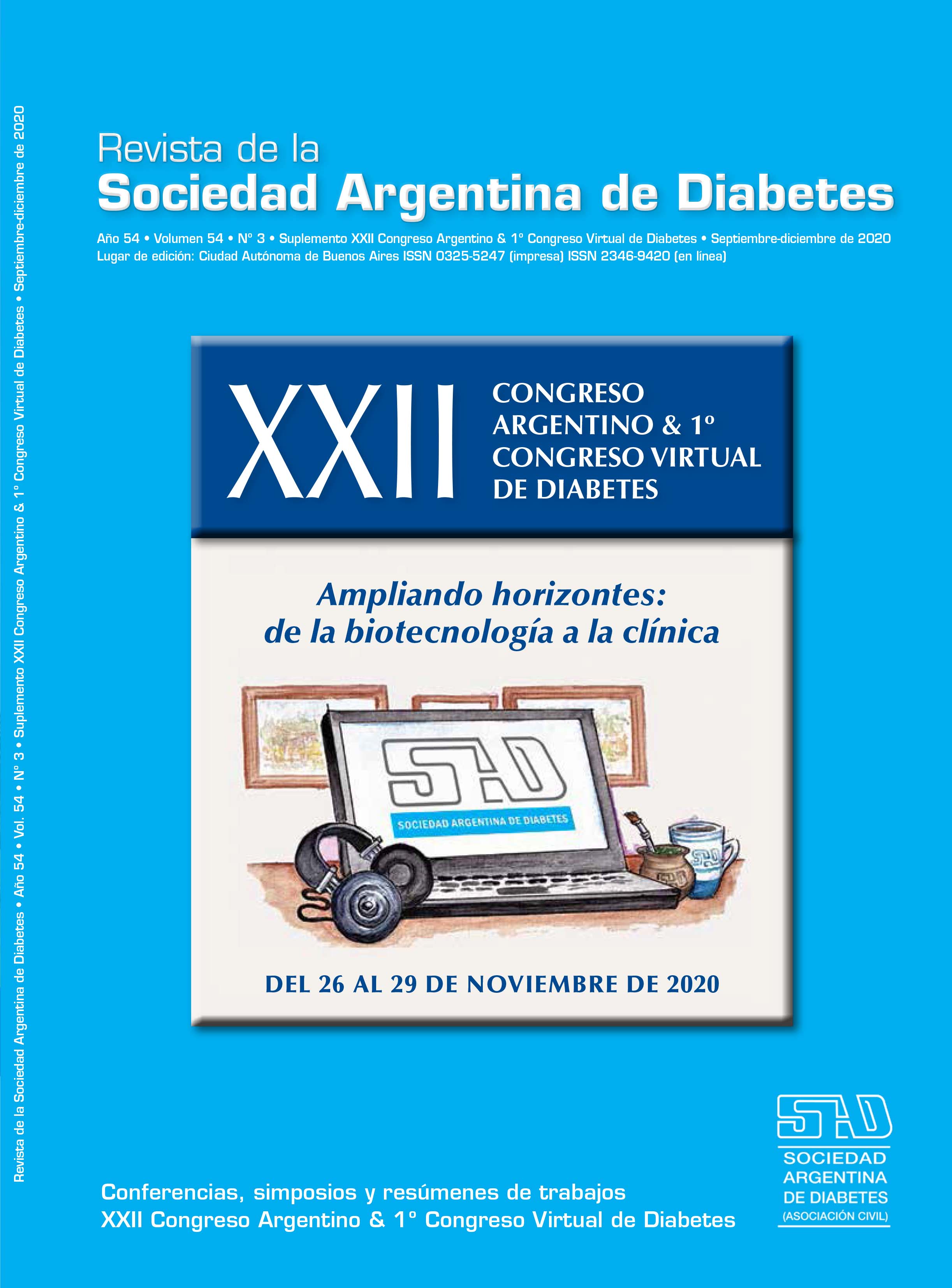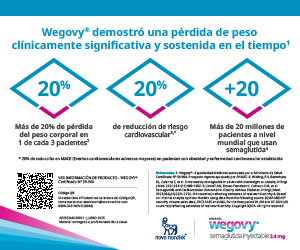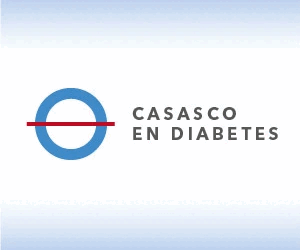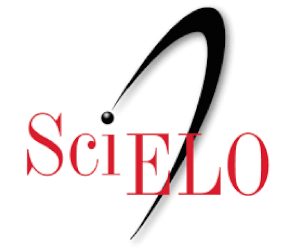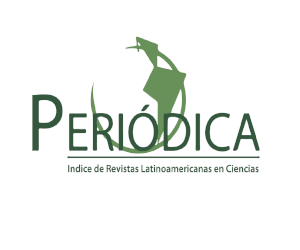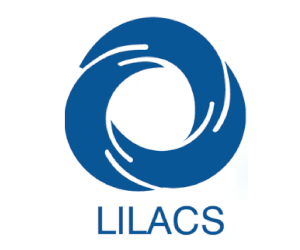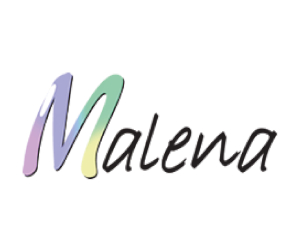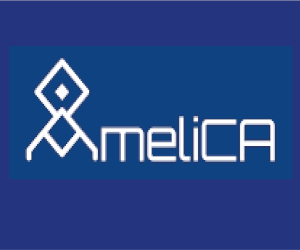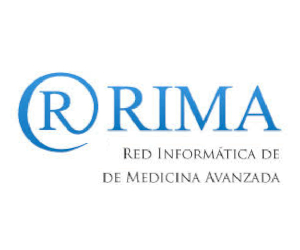Symposium 19: Secretagogues: sulfonylureas and incretins
DOI:
https://doi.org/10.47196/diab.v54i3Sup.353Keywords:
drugs, diabetes mellitus type 2Abstract
Symposium 19: Pharmacological treatment: what's new?
Secretagogues: sulfonylureas and incretins
SUs and DPP4i have gained a place in current diabetes mellitus (DM) therapy.
Regarding SUs, referring to glimepiride, gliclazide and glipizide, since glimepiride is lately not recommended, we will leave aside its qualities in the treatment of neonatal DM and MODY3, to focus on its place within the approach schemes of the DM2, answering some fundamental questions.
References
-1- Amod A. The Place of Sulfonylureas in Guidelines: Why Are There Differences? Diabetes Ther. 2020 Jun;11(Suppl 1):5-14. DOI: 10.1007/s13300-020-00811-3. Epub 2020 Apr 22..
-2- Rosenstock J, et al. Effect of Linagliptin vs Glimepiride on Major Adverse Cardiovascular Outcomes in Patients With Type 2 Diabetes: The CAROLINA Randomized Clinical Trial. JAMA. 2019 Sep 19;322(12):1155–66. DOI: 10.1001/jama.2019.13772.
-3- Taylor OM, Lam C. The Effect of Dipeptidyl Peptidase-4 Inhibitors on Macrovascular and Microvascular Complications of Diabetes Mellitus: A Systematic Review. Curr Ther Res Clin Exp. 2020 Jul 25;93:100596. doi: 10.1016/j.curtheres.2020.100596.
-4- Pitocco D, Tartaglione L, Viti L, Di Leo M, Pontecorvi A, Caputo S. SARS-CoV-2 and DPP4 inhibition: Is it time to pray for Janus Bifrons? Diabetes Res Clin Pract. 2020 May;163:108162. doi: 10.1016/j.diabres.2020.108162.
Downloads
Published
Issue
Section
License

This work is licensed under a Creative Commons Attribution-NonCommercial-NoDerivatives 4.0 International License.
Dirección Nacional de Derecho de Autor, Exp. N° 5.333.129. Instituto Nacional de la Propiedad Industrial, Marca «Revista de la Sociedad Argentina de Diabetes - Asociación Civil» N° de concesión 2.605.405 y N° de disposición 1.404/13.
La Revista de la SAD está licenciada bajo Licencia Creative Commons Atribución – No Comercial – Sin Obra Derivada 4.0 Internacional.
Por otra parte, la Revista SAD permite que los autores mantengan los derechos de autor sin restricciones.



